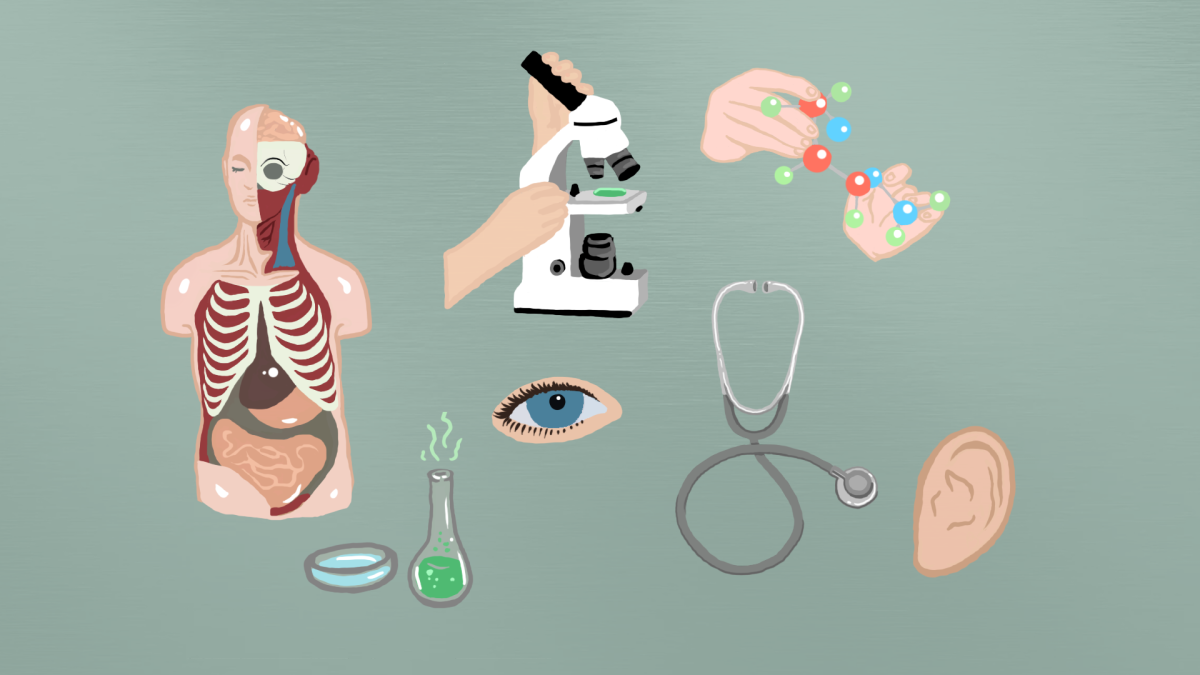It is no secret that mental health and well-being is a significant factor when it comes to being able to function in society. The overlap between societal deviance and mental health is an ongoing discussion when it comes to the high incarceration rates of the United States.
Though incarcerated individuals are often dehumanized and stigmatized in our society, 95% of those in the system return home and support our communities as neighbors, coworkers and fellow students.
If we do not support their psychological needs, we may exacerbate mental health issues while also increasing chances of future incarceration.
Even though many prisons and jails attempt to provide solutions for more open resources to those who are incarcerated, there are many times barriers can prevent individuals from actually receiving the care they need, medically and psychologically.
According to a 2017 report, as a country we put approximately $80 billion into physically operating prisons, jails, parole and probation each year. If a small portion of that budget was allotted toward framing corrections in a more rehabilitative light, like providing mental health resources and opportunities to deal with the stress and life change of prison, we would likely have a lower number of individuals reenter the justice system.
In the 1700s, people who we would consider to have mental illnesses today were incarcerated rather than hospitalized. Today still, people with mental illness are ten times more likely to be incarcerated rather than hospitalized; more than 70% of people in U.S. jails and prisons had at least one, if not more, previously diagnosed mental health disorder before entering.
The “tough on crime” rhetoric, which has defined our justice system since the 1970s, focuses more on punishment than rehabilitation. High rates of returning to the justice system suggests that if rehabilitation became our approach in the first place, less money may need to be invested into the system to begin with.
Criminal justice institutions do not focus enough on mental health resources for individuals, as evidenced by suicide being leading cause of death in local jails. And when policies are changed, institutions have ways of getting around them. In 2014, mental health crises became required to be addressed with more attention and resources by the Federal Bureau of Prisons. However, in the end, this resulted in 35% less mental health cases being reported and less people with mental illnesses treated overall.
At its core, effective mental health treatment focuses on empowerment, which is the fundamental right taken away from an individual who becomes incarcerated.
Daniel Murrie, a professor of psychology at University of Virginia who specializes in forensic psychology, said that the reason people face these issues while incarcerated can be traced back to law enforcement.
“We don’t have a great community mental health system and the way we as a country deal with these disruptions caused is, first and foremost, with police,” Murrie said.
Murrie also said that even though resources vary significantly across the country, it shows a need for a variety of mental health services in different places.
“Some of the biggest providers of mental health services, or biggest providers of psychiatric medication, are actually the Los Angeles County Jail to Cook County Jail in Chicago and even Rykers in New York,” Murrie said.
One solution to the lack of mental health resources in the justice system could be offering options such as fostering shelter animals and factor in key elements which support mental health: responsibility, companionship and emotional support in a time where one can feel very isolated and alone.
We have seen this succeed in options such as Felony Murder Elimination Project, which allowed for “prison cats” starting as early as the 1980s. Programs which followed in this vein offer fostering opportunities to certain inmates who are able to care for an animal, to be able to foster cats or dogs in their daily life. This helps both the incarcerated and the fostered or adopted pet, lowering rates of reentering the system and developing skills to help incarcerated individuals navigate their life and environment away from home.
All states should have access and implement this strategy in order to reduce mental health crises and aid in the eventual return home for incarcerated individuals. Advocating for this strategy to be present in North Carolina involves making sure people who work within the prisons know about it and know the ways in which it has worked for other states.
As a community, fighting for these strategies in our state can help incarcerated individuals feel closer to home.





